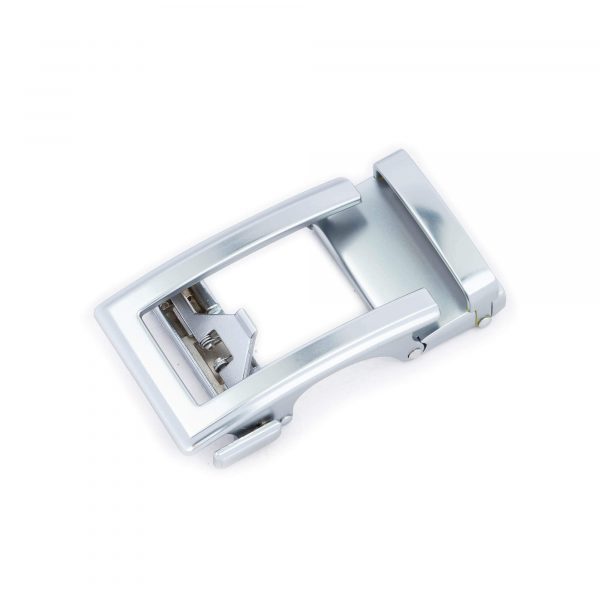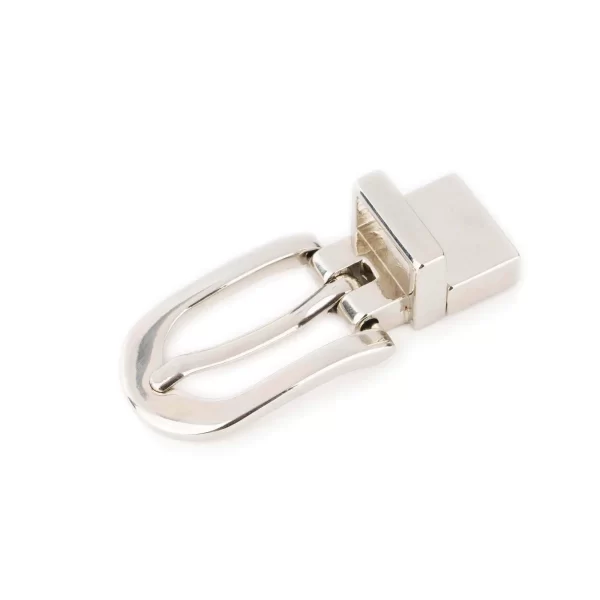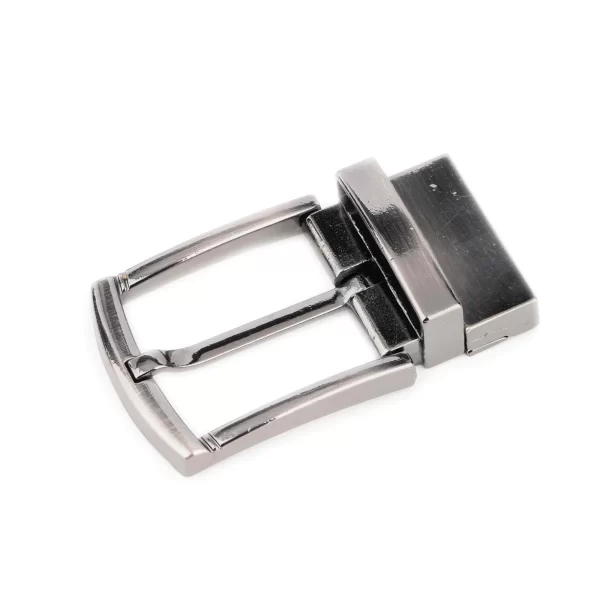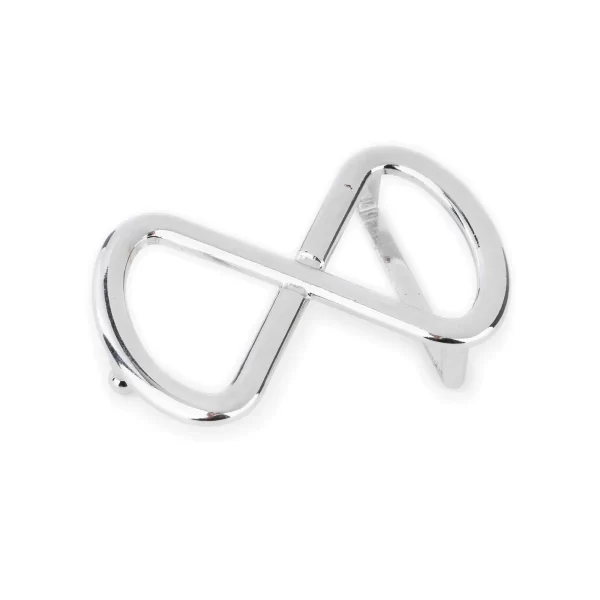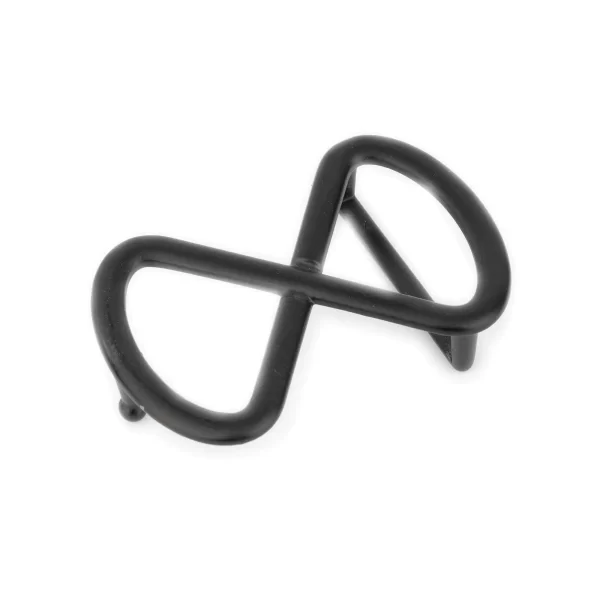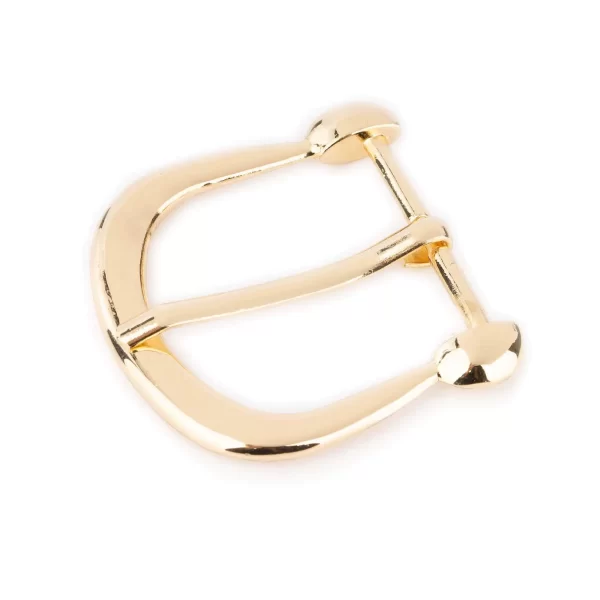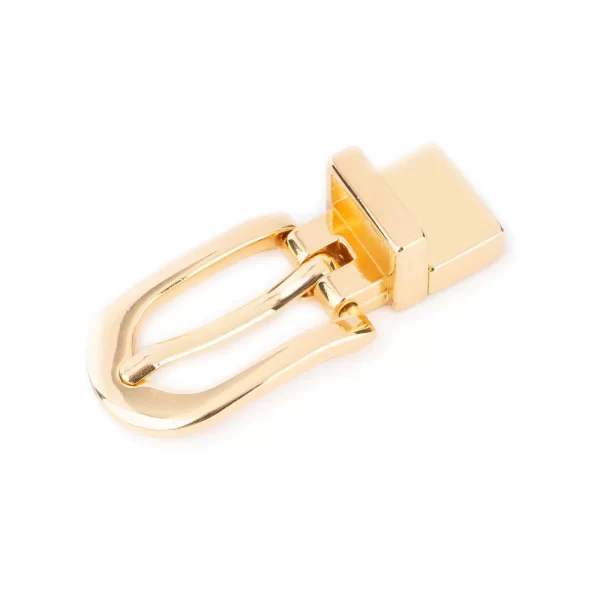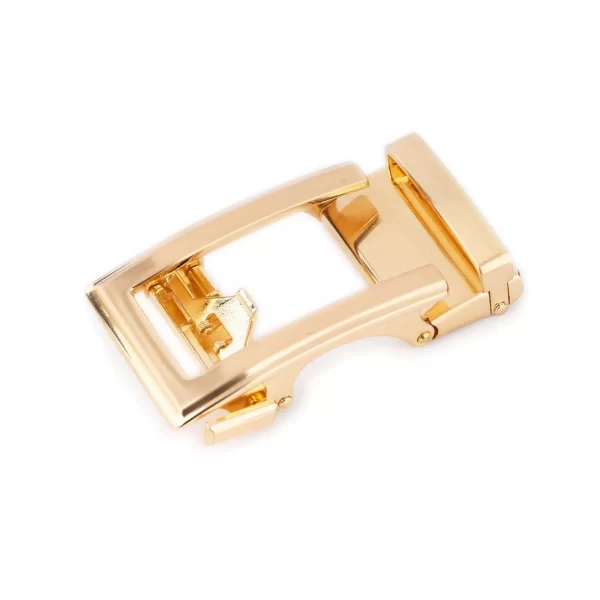Belt buckles have been a staple of fashion for centuries, serving both practical and aesthetic purposes. They come in a wide range of materials, each with its own unique characteristics and advantages. Choosing the right material for your belt buckle is essential to ensure it meets your needs and complements your style. In this blog post, we will explore the most commonly used materials for belt buckles, including metal, plastic, wood, leather, and handmade and factory-made buckles.
Metal
Metal is one of the most popular materials for belt buckles due to its durability and versatility. There are several types of metal used in belt buckle production, including brass, stainless steel, copper, silver, gold, pewter, zamak, zinc alloy, and titanium.



Brass is a popular choice for belt buckles due to its corrosion resistance, malleability, and ability to hold intricate designs. Stainless steel is another popular option, known for its durability and strength, making it suitable for heavy-duty belts. Copper and silver are popular for their aesthetic appeal, and gold is a common material for high-end and luxury buckles. Pewter is a softer metal that is easier to work with, while zamak and zinc alloy offer a cost-effective alternative to other metals. Titanium is known for its lightweight and strength, making it ideal for outdoor and sports-related belts.
The advantages of metal buckles include their durability, versatility, and range of designs. Metal buckles can be made to suit different styles and purposes, from casual to formal wear. They are also easy to clean and maintain. However, metal buckles can be heavy and uncomfortable, especially when worn for extended periods.
Plastic
Plastic buckles are a lightweight and affordable alternative to metal buckles, making them ideal for casual wear and children’s belts. Common plastic materials used for belt buckles include acrylic, nylon, and polyurethane.
Acrylic buckles are known for their durability and versatility and are often used for outdoor and sports-related belts. Nylon is a strong and lightweight material that is resistant to abrasion and moisture, making it suitable for use in rugged environments. Polyurethane is a synthetic material that can mimic the look of leather or metal, making it a popular choice for fashion belts.


The advantages of plastic buckles include their affordability, lightweight, and range of designs. Plastic buckles can be made in a variety of colors and patterns, making them a popular choice for children’s belts and casual wear. However, plastic buckles may not be as durable or long-lasting as metal or leather buckles, and they can break or crack over time.
Wood
Wooden buckles are a unique and stylish option for belt buckles, known for their natural look and feel. Common types of wood used for belt buckles include mahogany, oak, and walnut.



Mahogany is a hardwood known for its durability and resistance to decay, making it a popular choice for furniture and outdoor products. Oak is a sturdy and dense wood that is often used for building and construction. Walnut is a hardwood known for its aesthetic appeal and versatility.
The advantages of wooden buckles include their natural beauty, lightweight, and unique design options. Wooden buckles can be made in a variety of shapes and sizes, and they offer a natural alternative to metal and plastic buckles. However, wooden buckles may not be as durable or long-lasting as metal or leather buckles, and they can be prone to cracking or splitting over time.
Factory-made Buckles

Factory-made buckles are mass-produced using machines and are often made from metal or plastic. The materials used for factory-made buckles can vary depending on the manufacturer and their production methods.
The advantages of factory-made buckles include their affordability, availability, and consistent quality. Factory-made buckles can be found in a wide range of styles and sizes, making them a popular choice for casual and everyday wear. However, factory-made buckles may not offer the same level of quality or uniqueness as handmade or forged buckles.
Handmade Buckles
Handmade buckles are made by skilled craftsmen using traditional techniques and are often made from metal, leather, or wood. The materials used for handmade buckles can vary depending on the craftsman and their preferences.

Handmade buckles are made by skilled craftsmen using traditional techniques and are often made from metal, leather, or wood. The materials used for handmade buckles can vary depending on the craftsman and their preferences.
The advantages of handmade buckles include their uniqueness, quality, and attention to detail. Handmade buckles are often made to order or in small batches, ensuring each buckle is made with care and precision. Handmade buckles can also offer a wider range of design options, allowing for more customization and personalization. However, handmade buckles can be more expensive than factory-made buckles and may have longer lead times.
Nickel free buckles
Nickel-free belt buckles are becoming increasingly popular as more people become aware of the potential dangers of nickel allergies. These buckles are made without nickel, a metal that is commonly found in many belt buckles and other metal accessories. Nickel allergies can cause skin irritation, rashes, and even more serious health problems, so it’s important to choose a belt buckle that is free from this metal.



Difference between Buckle Types
The production process, design options, and quality control can vary depending on the type of buckle. Factory-made buckles are often mass-produced using machines, whereas handmade and forged buckles are made by skilled craftsmen using traditional techniques. Handmade and forged buckles offer more unique design options and can be customized to suit individual preferences, while factory-made buckles offer more consistent quality and availability.
Conclusion
In conclusion, there is a wide range of materials used for belt buckles, each with its own advantages and limitations. When choosing a belt buckle material, it’s important to consider your needs, style, and budget. Ultimately, the right belt buckle can add the perfect finishing touch to any outfit.
If you’re in the market for a new belt buckle, consider exploring the different materials and types available to find the perfect fit for your needs and style. Whether you prefer metal, plastic, wood, leather, handmade, or factory-made buckles, there’s a wide range of options to choose from. Consider your personal preferences and the occasions you’ll be wearing the belt for, and don’t be afraid to try something new and unique. With the right belt buckle, you can elevate your style and make a statement without saying a word.

Thank you for taking the time to read my blog article. I am grateful for your interest and support. I hope the information I shared was useful and informative. If you have any questions or comments, please feel free to reach out. Your feedback is always welcome.
Sincerely yours,
James Cooper
-
Product on saleMens Silver Slide Buckle For Automatic BeltsOriginal price was: $25.00.$20.00Current price is: $20.00.
-
Product on saleSilver Reversible Belt Buckle Womens For Skinny Belts 1.5 CmOriginal price was: $25.00.$20.00Current price is: $20.00.
-
Product on saleRatchet Belt Buckle Mens Classic GunmetalOriginal price was: $25.00.$20.00Current price is: $20.00.
-
Product on saleLarge Reversible Belt Buckle Mens Rectangle 1 1/2 InchOriginal price was: $25.00.$20.00Current price is: $20.00.
-
Product on saleInfinity Belt Buckle Silver Metal 1 1/2 InchOriginal price was: $15.00.$12.00Current price is: $12.00.
-
Product on saleInfinity Belt Buckle Black Metal 4.0 CmOriginal price was: $15.00.$12.00Current price is: $12.00.
-
Product on saleHorseshoe Gold Belt Buckle Metal Pin 3.5 CmOriginal price was: $10.00.$8.00Current price is: $8.00.
-
Product on saleGold Reversible Belt Buckle Womens For Thin Belts 1.5 CmOriginal price was: $25.00.$20.00Current price is: $20.00.
-
Product on saleGold Ratcheting Belt Buckle Mens C ShapeOriginal price was: $25.00.$20.00Current price is: $20.00.

